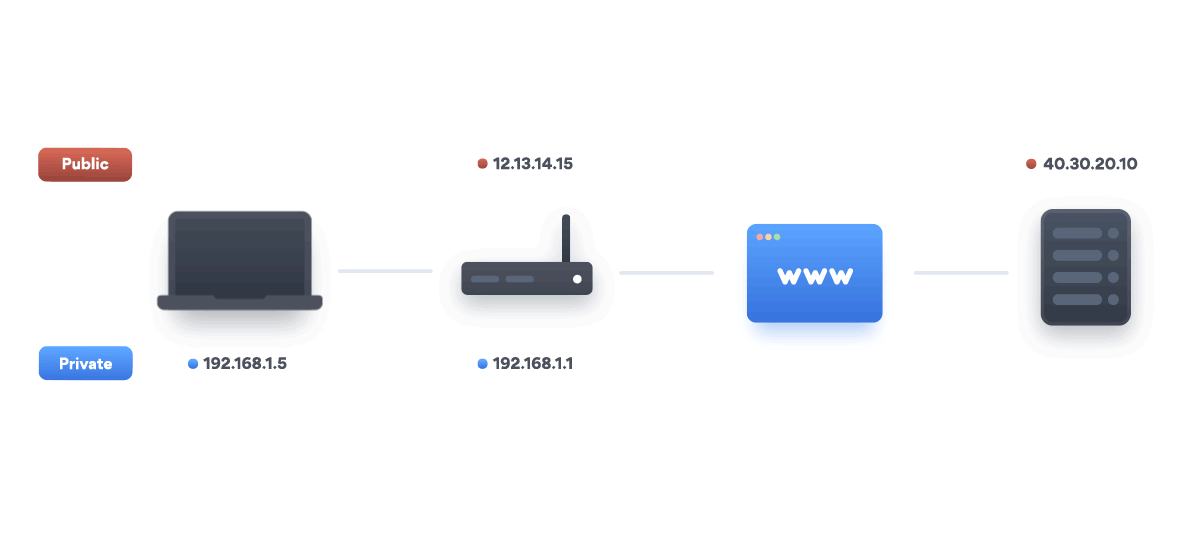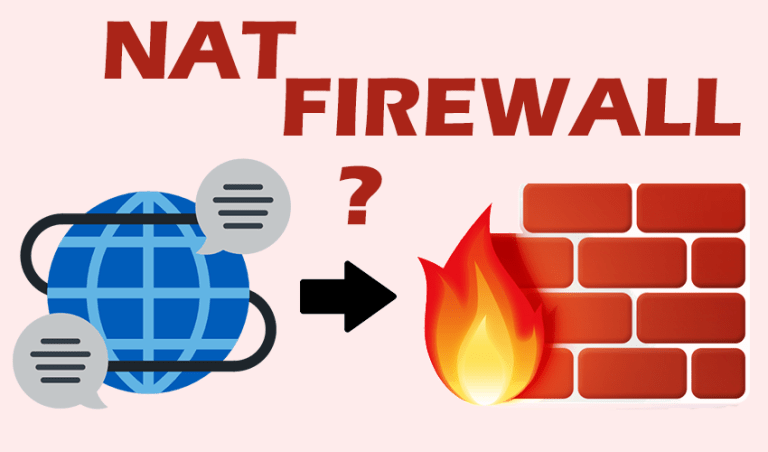
Through the Access rules and what happens when a certain type of pattern is found. Inspection Policy elements define how the engines look for patterns in traffic allowed Read the following examples of NAT rules. These examples illustrate some common uses for NAT rules and the general steps on

Protocols of the Protocol Agent type help with problems related to certain complex In the Routing pane of the Engine Editor. You can use NAT for outbound load-balancing.Īutomatic proxy ARP requires an explicit route to the host or network to be configured If NAT is needed between SMC components, you must define Contact Addresses for the communications so that theĬomponents use the correct address for contact when needed. NAT rules define how NAT is applied to traffic.Īddress translation is configured as part of the Firewall Policy using NAT rules. Network address translation (NAT) replaces the source or destination IP addresses They are your main configuration tool forĭefining which traffic is stopped and which traffic is allowed. Treats different types of network traffic. Template Policies, Policies, and Sub-Policies.Īccess rules are lists of matching criteria and actions that define how the engine The policy elements for the engines include Policy elements are containers for the rules that determine how NGFW Engines, Master NGFW Engines, and Virtual NGFW Engines examine traffic. Policies are key elements that contain rules for allowing or blocking network traffic Use the Management Client to configure static or dynamic routing, and use a Multi-LinkĬonfiguration to manage and distribute inbound and outbound connections.

You can configure the engine properties, activate optionalįeatures, and configure advanced engine settings. You can create and modify Firewalls, IPS engines, Layer 2 Firewalls, Master NGFW Engines and Virtual NGFW Engines. Security Management Center (SMC) configuration allows you to customize how the SMC components work.

You can command and set options for engines through the Management Client or on theĮngine command line. You can use the SMC to monitor system components and third-party devices. How the different SMC components should be positioned and deployed.Īfter deploying the SMC components, you are ready to start using the Management Client and carrying out Introduction to the Forcepoint Next Generation Firewall solutionīefore setting up Forcepoint Next Generation Firewall (Forcepoint NGFW), it is useful to know what the different components do and what engine roles areīefore you can set up the system and start configuring elements, you must consider.


 0 kommentar(er)
0 kommentar(er)
